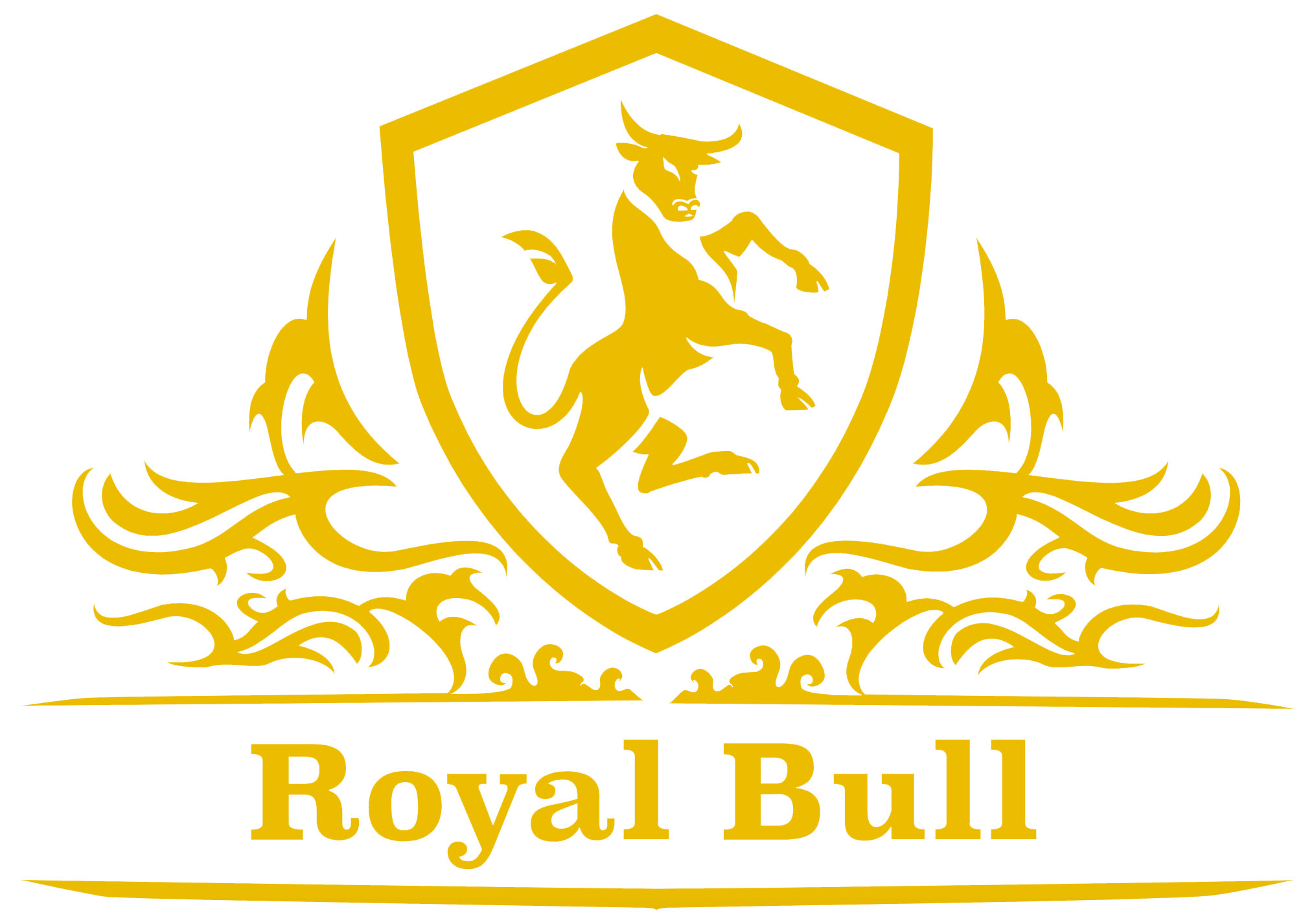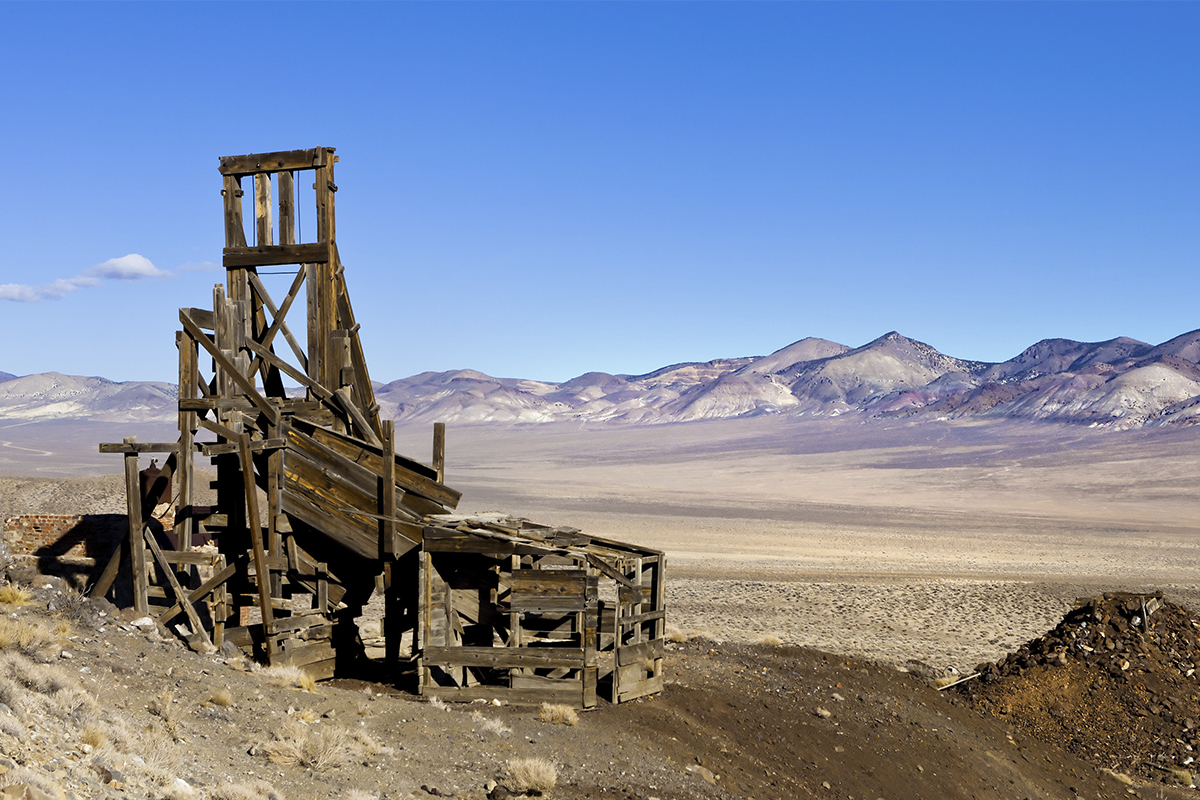From the very beginning, humanity has been fascinated by gold and silver. Today, gold and silver are more than shiny objects – they power our electronic devices, they scoop food from our plates and fill gaps in our teeth.
Gold and silver are crucial for our economy, and not only from the coins and bars that are made with them. The vast majority of these precious metals are used for jewellery and electronics! (Almost 90% for gold and over 40% for silver!) But where did this innovation come from? How did we get to where we are today? Let the professionals of Royal Bull give you a brief five-minute history lesson…
In the Beginning…
Made by planetary collisions and found throughout Earth, gold has travelled great distances to grace us with its presence. The celestial gold sank deep into Earth’s surface and is now being revealed from asteroids, volcanos and the ever-moving actions of tectonic plates.
Great Moments in Gold and Silver’s Ancient History
Starting around 6,000 years ago, Egypt mined gold along the Nile River. Egyptians smelted gold in large furnaces and were one of the first civilizations to use precious metals for bartering and jewellery.
A few thousand years of mining and progression resulted in the formation of coins around 600 BC that could be used for trading. Most cultures around the world saw value in gold and silver, and so these metals could be used to pay for goods and services in many different countries. Some Middle Eastern countries used gold rings as both fashion accessories and currency.
Gold and Silver Coins Gaining Ground Around the World
As the early days of coinage developed, standard weights were established (7–8 grams), some with animal designs and the authority that minted them. The Greeks used many types of animals in their coin designs that are often connected with its history in mythology, such as an eagle that personifies Zeus.
Other countries including Rome, Persia and Macedonia, and even individual cities such as Sicily and Babylon struck their own coinage, resulting in a wide variety of beautiful and creative designs that were imitated and improved throughout the known world.
Having a current ruler included on a coin did not become norm until the Greek ruler Ptolemy I included his portrait on a coin in 306. This started a tradition that continues today on most currencies.
Precious Metals Continue Their Prominence With Increasing Perfection
As the world increasingly became connected, gold and silver coinage began to flourish, as did coins’ quality. Precise minting techniques increased the purity of the precious metals, while the design quality and weights saw drastic improvements.
The denarius was launched by Rome in 211 BC to become the standard silver coin, and spread as the primary currency in much of the Mediterranean. The Romans also began to also promote great occasions in its history, as various phrases appeared with the emperors’ portrait.
China created extensive silver mines beginning in the 700s, which saw silver replace silk as the primary method of bulk payment by merchants.
Although the use and quality of gold and silver in coins increased over the centuries, many civilizations were also using the precious metals in other facets of life. Gold was used as religious and political objects, like Christian crosses, crowns, masks and even to decorate tombs. Jerusalem’s Dome of the Rock was covered in gold when it was built in the 600s.
When explorers first met Aboriginal people after the discovery of America, many of the locals already had high regard for gold and silver, using them for rituals, jewellery and even currency, much like the rest of the world. Extensive mineral exploration in Central and South America resulted in the discovery of massive veins of silver deposits. Over the years from 1500 to 1800, 85 percent of the world’s silver came from Bolivia, Peru and Mexico.
If it weren’t for the California gold rush, which started with a gold discovery in 1848, the western half of the U.S.A. would be looking quite different. This launched many cities, railways and the opening of the continent.
Also, Johannesburg, South Africa exists as it does today because of gold – the late 1880s series of gold discoveries launched an entire industry there, which started with a camp of a few tents.
There are many other regions around the world that exist purely because of its discovery of precious metals or its minting of precious metals. There are also many legendary cities that are filled with gold – El Dorado in Colombia, Cibola in Mexico and City of the Caesars in Patagonia are but just a few. Precious metals make the world go round!
The Future is in Precious Metals
As we now live well into the 21st century, mining, refining and designing technology continues to push how we use precious metals. Peru and Mexico are the primary producers of silver, while 1/5 of silver is recycled; for gold, China, Australia and Russia are major producers. More than 54,000 tonnes of gold is in reserves around the world, while 3,500 is newly produced every year.
No matter what the future has in store for precious metals, they will always be valued by those who require reliable, long-term valuable goods for trading, investing and purchasing.




